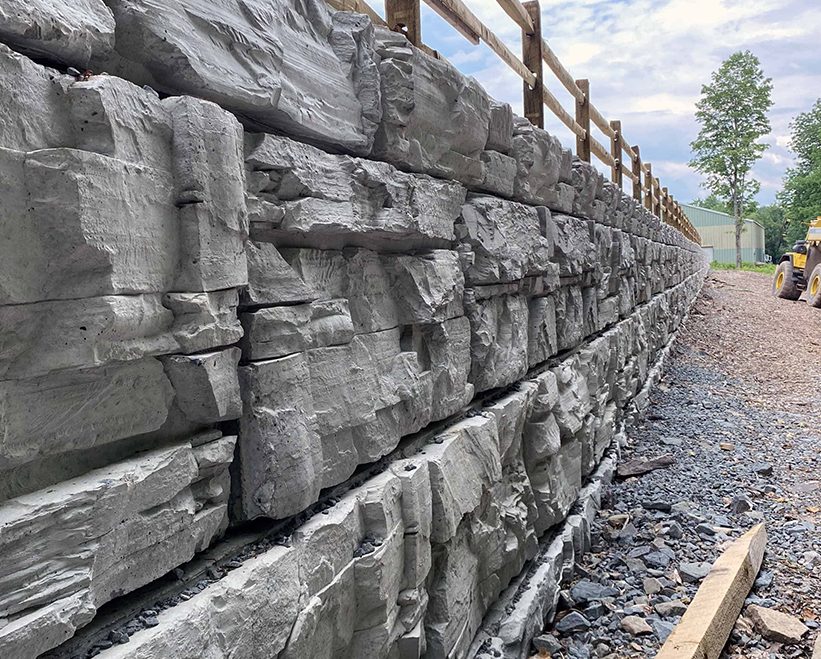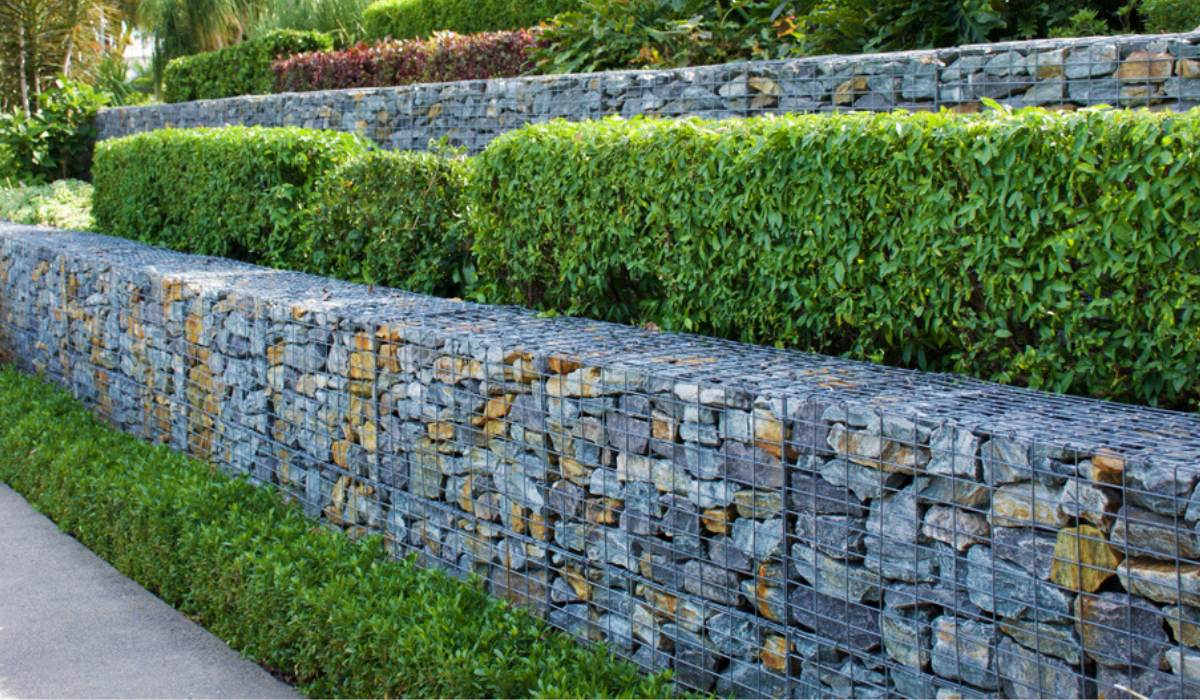
Content
- Popular Types of Wood used in the Construction Industry - FLETCHERS RETAINING WALLS
- Why You Should Consider A Two-In-One Landscape Design - RETAINING WALLS ADELAIDE
- View Our Retaining Wall Inspiration Gallery - SA
- Retaining Walls Provide Stability - RETAINING WALLS ADELAIDE
- Retaining Walls - FLETCHERS RETAINING WALLS
Popular Types of Wood used in the Construction Industry - FLETCHERS RETAINING WALLS
Keeping walls are frameworks built to keep back soil, rock, or various other materials and also avoid them from deteriorating or breaking down. They are commonly utilized in landscape design as well as construction to produce level locations, prevent landslides, as well as provide security to sloping surface. Keeping wall surfaces can be made of numerous materials, such as concrete, stone, block, or wood, as well as come in different design and styles. In this short article, we will certainly discuss the benefits of preserving walls, the various sorts of keeping wall surfaces, and also the elements to take into consideration when building a maintaining wall surface. Benefits of Maintaining Wall surfaces: Keeping wall surfaces give several benefits, consisting of: Prevent soil disintegration: Retaining walls hold back dirt and prevent it from wearing down or falling down, which can protect the surrounding atmosphere as well as protect against damage to building. Create level locations: Preserving wall surfaces can be used to produce degree locations on sloping surface, giving additional functional area for landscape design or building and construction.
Improve landscape design: Keeping wall surfaces can include aesthetic passion and dimension to a landscape, creating chances for planting or ornamental functions. Lower upkeep: Preserving walls can help reduce maintenance by avoiding soil erosion as well as securing the bordering landscape from damages. Supply security: Preserving wall surfaces can give security to sloping surface, protecting against landslides or various other dirt activities that can be dangerous or destructive. Types of Retaining Walls: There are several types of retaining walls, each with its unique features and advantages. One of the most usual sorts of maintaining wall surfaces are: Gravity Maintaining Walls: Gravity keeping walls depend on their weight and the weight of the material they keep back to give security. They are constructed from hefty materials, such as concrete, stone, or brick, and also are commonly bigger at the base than on top to supply extra stability.
- Second, erosion can present safety concerns on steep slopes where rushing water may actually impede traffic or even destroy the land.
- A retaining wall can designate a shift of function within an outdoor feature such as a patio.
- By using a retaining wall near a border or slope, you provide leveled surfaces on inclined planes.
- Well-designed brick retaining wall can serve dual purpose – it can provide an outer shelf for plants and can also be utilized for picnic supplies or yard games.
- Such walls intensify an aesthetic appeal to the structure and its surrounding.
- Erosion is particularly concerning in areas without trees or shrubs extending their roots into the soil.
- Depending on the slope and grade of a landscape, water may pool and even flood certain areas.
- This makes retaining walls all the more important, especially if your landscape does not feature a lot of trees and shrubs to hold the soil in place.
- Regardless of materials, retaining walls achieve the result of creating terracing in a sloped area and holding soil in place.
- There are a number of benefits to having a retaining wall, ranging from reducing soil erosion to increasing your property value.
- We are a local and family-owned landscaping company offering a variety of landscape services, from new installations and complete renovations, to simple improvements.
- We have the resources, experience, and expertise to help you create and maintain your property in excellent condition.

Cantilever Retaining Walls: Cantilever keeping wall surfaces make use of a strengthened concrete slab or beam to keep back the material they support. They are made to move the weight of the material to a solid ground, producing a counterbalance to the material's weight. Sheet Heap Maintaining Walls: Sheet heap maintaining walls make use of interlacing steel, concrete, or wood sheets to keep back the product they support. They are often made use of in areas with limited room or where excavation is challenging. Secured Maintaining Walls: Secured maintaining walls make use of cords or rods secured to the material they sustain to offer additional security. They are generally made use of in areas with high soil stress or where the material being sustained is particularly hefty.
View Our Retaining Wall Inspiration Gallery - RETAINING WALLS ADELAIDE
Elements to Get More Info Take Into Consideration When Building a Retaining Wall: When constructing a maintaining wall, a number of factors require to be considered to guarantee its stability and also longevity. One of the most important aspects to consider consist of: Soil Problems: The dirt conditions, such as the sort of soil, wetness content, as well as dirt pressure, can influence the design as well as construction of a preserving wall. The dirt should be checked prior to construction to make certain that the retaining wall surface is constructed to endure the stress and weight of the material being kept back. Drainage: Appropriate water drainage is essential to avoid water from gathering behind the retaining wall surface, which can create it to fail. A drain system, such as a perforated pipeline, need to be installed to enable water to move freely away from the maintaining wall surface.

Height: The height of the maintaining wall surface is an important element to think about, as taller wall surfaces require more considerable building and construction and also additional reinforcement to avoid failing. A professional engineer should be sought advice from when constructing a retaining wall over four feet tall. Product: The product made use of to create the retaining wall can affect its stability, toughness, and also look. The product should be chosen based on the atmosphere, the material being held back, as well as the preferred visual. Layout: The layout of the preserving wall surface needs to take into account the surrounding environment. Avoid Soil Erosion: One of the main benefits of keeping walls is their capability to avoid soil erosion. They hold back soil and prevent it from eroding or collapsing, which can protect the surrounding environment and prevent damages to property. Retaining wall surfaces additionally protect against water drainage from removing the dirt, which can trigger considerable damage to the landscape. Create Useful Room: Preserving wall surfaces can produce extra usable space on sloping surface. They can be made use of to level out a sloping lawn, producing a flat area for exterior tasks such as barbeques, outside dining, or horticulture. Preserving wall surfaces can likewise be used to develop terraced yards or to sustain a patio or deck, providing added room for relaxation and entertainment.